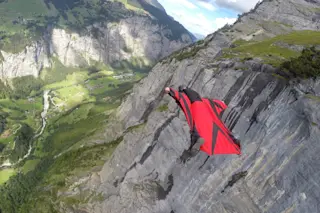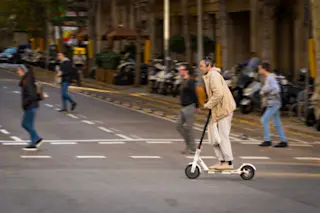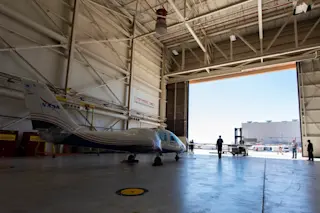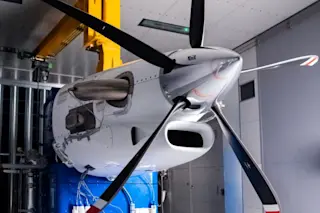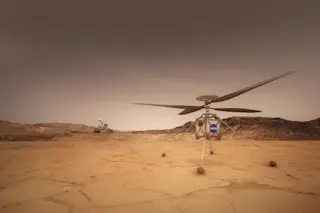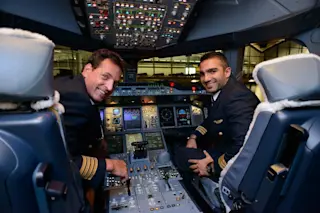How long have humans wished to fly? Likely from the moment hominins first gazed up at a bird and wondered How? Why?
Every subsequent civilization created myths, legends, gods and goddesses around flight. Flying dreams are a common part of the human experience. And although there is a universal desire to take wing, some cautionary tales emerged, too. In Western civilization, the Greek myth of Icarus is illuminating. Icarus’ father made two sets of wings consisting of feathers and wax so that he and his son could leave the island of Crete. The father warned his son not to fly too close to the ocean or the sun, but Icarus became giddy and carelessly soared too high. The sun melted the wax, and he fell into the sea.
Certainly, the Earth-bound folks who first built wings and strapped them on their arms understood the risks, but some gave it a ...


